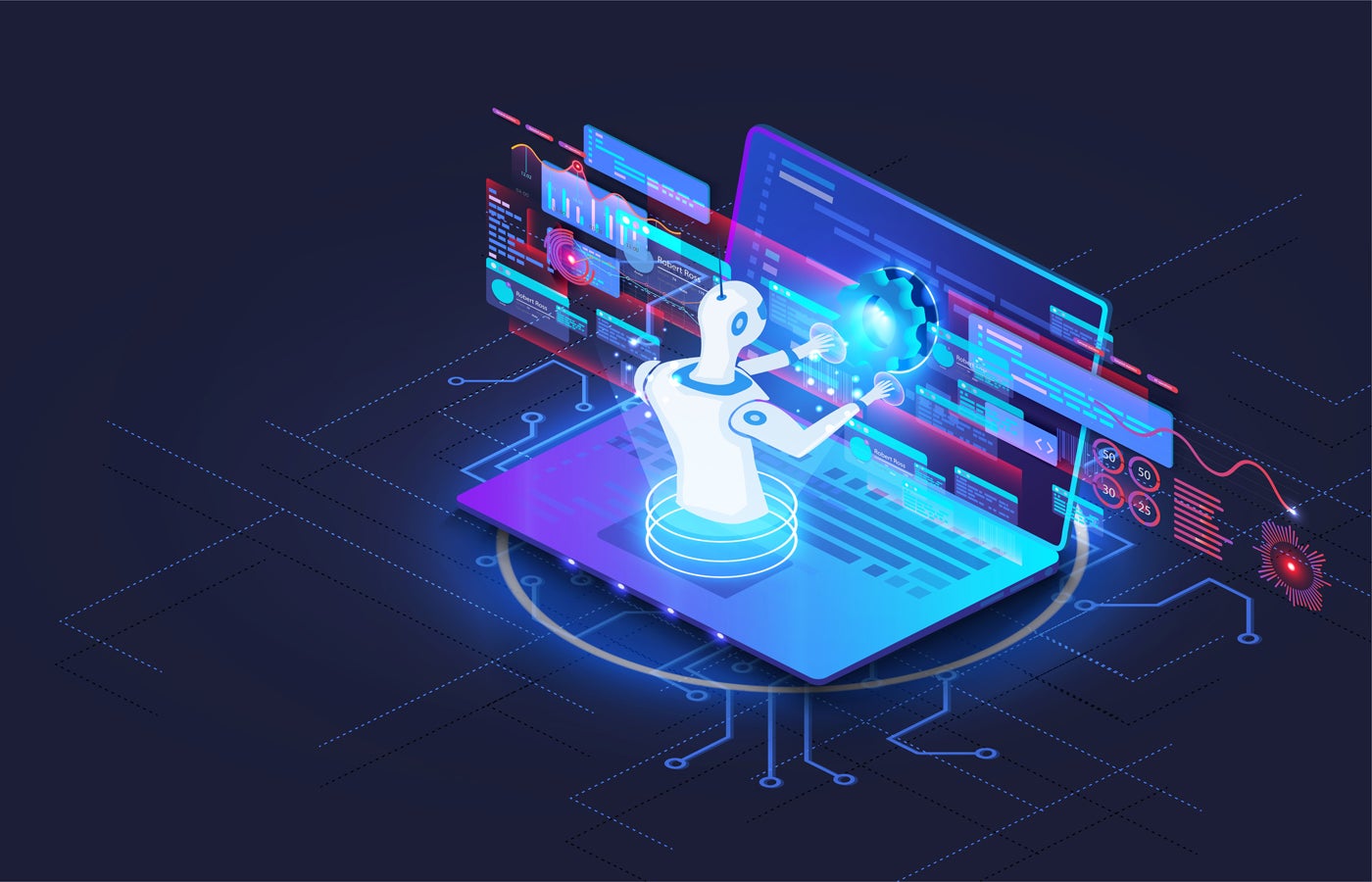Gartner analysts are optimistic about the future of AI-enabled PCs, with a new report predicting 43% of all PC shipments will be AI-enabled by 2025, up from 17% in 2024.
This trend aligns with both Microsoft and Apple’s plans to integrate generative AI more regularly into devices. While many Apple Intelligence features aren’t fully available yet, the necessary hardware is already present in the devices. Microsoft’s Copilot, meanwhile, is more accessible.
Is the AI PC the future of computing, or will this be a passing trend?
AI PC shipments predicted to grow by 165%
Gartner predicts AI PC shipments will grow to 114 million units in 2025, up 165.5% from 2024. Moreover, by 2026, AI PCs will be the only option for large businesses when purchasing new laptops.
The report defines AI PCs as those equipped with a neural processing unit, such as Windows on Arm, macOS on Arm, and x86 on Windows PCs. Microsoft’s Surface 7th Edition and later have NPUs, as do laptops with Apple’s M3 and M4 chips.
SEE: Competition among and for AI chips continues to be fierce, with cloud vendors trying to reduce dependency on dominant suppliers.
“As the PC market moves from non-AI PCs to AI PCs, x-86 dominance will reduce over time, especially in the consumer AI laptop market, as Arm-based AI laptops will grab more share from Windows x86 AI and non-AI laptops,” said Ranjit Atwal, senior director analyst at Gartner, in a press release. “However, in 2025, Windows x86-based AI laptops will lead the business segment.”
Other key findings from the report include:
- Shipments of AI laptops will account for 51% of total laptops in 2025.
- NPU-enabled laptops were just 5% of laptops available to large businesses in 2023.
“The debate has moved from speculating which PCs might include AI functionality, to the expectation that most PCs will eventually integrate AI NPU capabilities,” Atwal added. “As a result, NPU will become a standard feature for PC vendors.”
Drawbacks of generative AI’s ubiquity in PCs
In an email to TechRepublic, Atwal said consumers are increasingly aware of the need to future-proof their purchases.
“However, the ROI of AI is still being determined, and without clear ‘killer apps,’ many are hesitant to pay a premium for AI capabilities in their laptops, in the near term,” he added.
Generative AI has many benefits — including its ability to create new content and even write code — but there’s ongoing debate about whether the output meets professional-quality standards. Further reports have shown that AI can generate incorrect code, create security issues, or encourage developers to check their work less thoroughly. While AI attracts investment money, proving ROI is difficult. And 30% of AI projects may be abandoned after the proof-of-concept stage.
Atwal also noted that “the environmental footprint of AI” could be an area of concern, as research has shown that the technology could negatively impact the environment.
“While the manufacture of new NPU technology may increase the initial environmental impact, it could potentially offset some AI processing done on the cloud by processing data locally on the device,” he said. “This reduces the need for energy-consuming data transmission to the cloud in specific use cases.”
However, Atwal remains hopeful about a future driven by AI advancements.
“The benefits will become more apparent as we move from the reactive nature of AI today to proactive actions driven by generative AI (GenAI and AI Agents),” he wrote.
